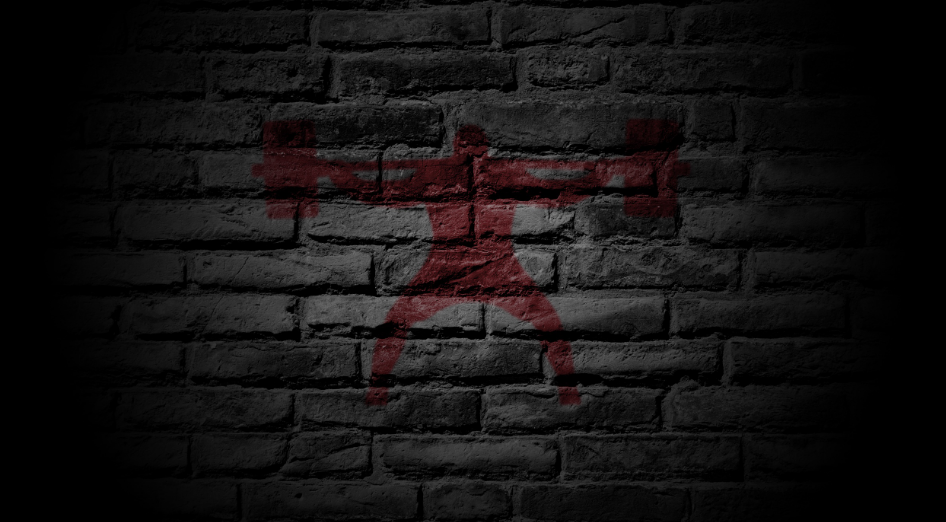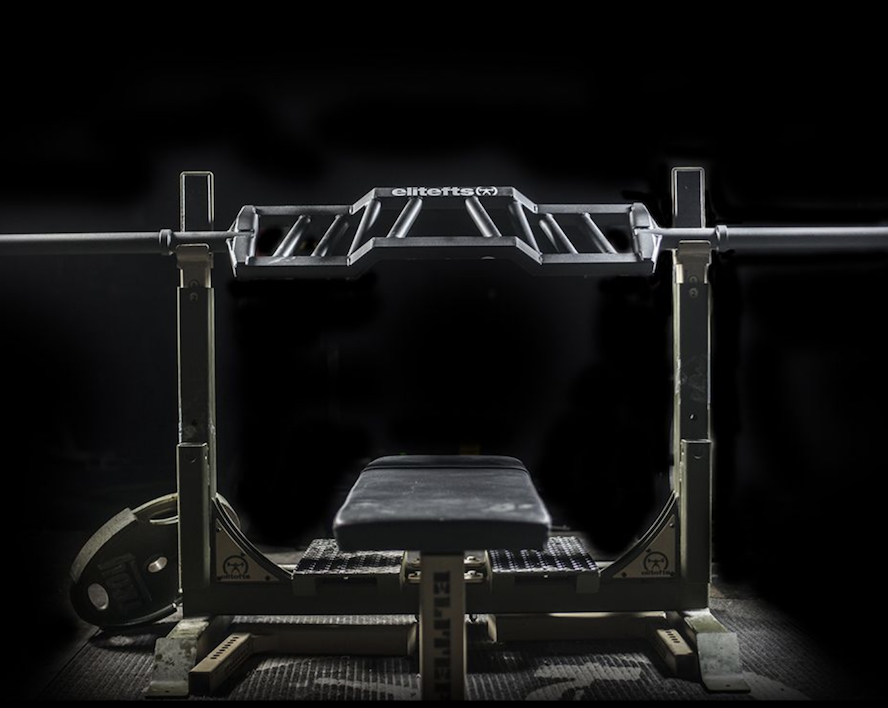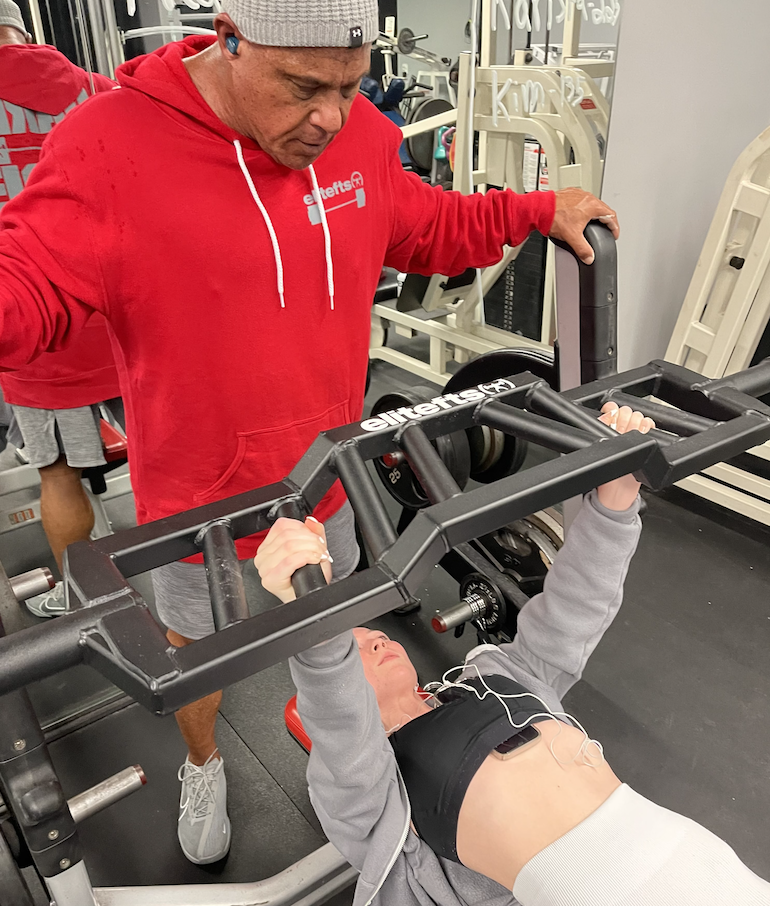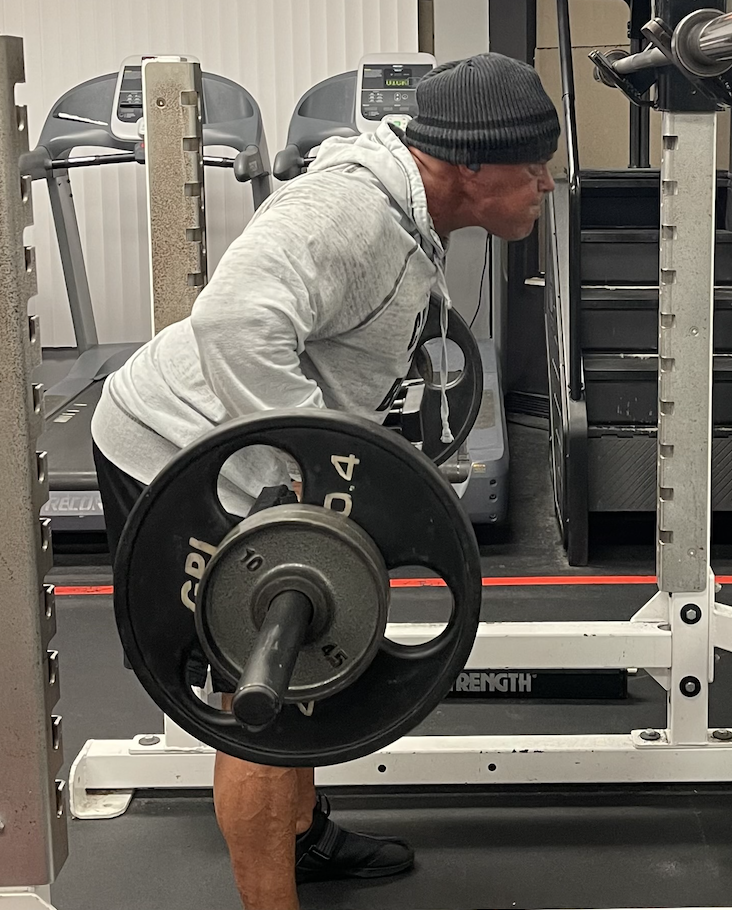
I am not reinventing the wheel, but I have always liked to play with angles, grips, and positions that can change the feel of an exercise. I don't do it for attention on social media; I do it because sometimes a subtle change to a basic exercise can create a very different stimulus.
Hypertrophy occurs as an adaptation to a stimulus. Basically, if you do something that the body is not used to doing, it will be forced (I prefer "coerced") to adapt. Adaptation equals muscle growth. Though the main focus in bodybuilding is to lift more weight, this is not the only way to coerce muscle growth. The older I get, the more important it is for me to find different ways to do things instead of simply adding more weight.
Recently, I decided to go back to the basics, so rowing and benching are back in my training protocol. The caveat is that I wanted to do them differently than I have done them over the course of almost 40 years of training. I found the answer in the American Cambered Bar from EliteFTS:
https://www.elitefts.com/american-cambered-grip-bar.html
Though EliteFTS sells a few of these bars that look similar, I opted for the bar with the cut-out that would allow for a better range of motion for both rowing and benching.

Not only does this bar allow for a better range of motion with the cut-out, but it also allows the user to not have to touch the bar to the chest while pressing or to the abs while rowing. The benefit to this is because unless you touch both the top and the bottom of the bar evenly against the body, the bar feels like it wants to roll out of your hands. This touch makes it hard on the wrists and can feel "jerky." Obviously, this wouldn't be a good idea with big weights.
Because I'm such a smart guy (you can disagree in the comment section but I'm one the who approves the comments, so there's that), I started with lower weights to get a good feel for the bar. It's a good thing I did because I noticed right away that the weights I would usually row and bench with weren't going to happen. The following day, the soreness was next-level. It felt as if I had doubled my workload.
BENCH PRESS

I may give this bar a "tri" for triceps extensions or skull-crushers. I don't like the latter label because I advocate for triceps extensions to be done by taking the bar above the head—not to the forehead. Doing this exercise my way would not "crush" the skull, so I don't call them skull-crushers. I told you in the last paragraph how smart I am, and I think this proves it. The only hang-up I have is I anticipate balancing the bar (because it is so long) might be a hinderance for this exercise, but bet your ass I will try it to find out.
BARBELL ROWS

I am at a point with my training that my main motivation is to try to make exercises more difficult by not adding more weight to the bar unless absolutely necessary. In doing this, I limit the risk of injury and provide a new stimulus that can coerce adaptation. In short, I grow without increasing the risk of injury. If you have this bar (or a variation of it) in your gym, I would recommend trying this bar for rowing, benching, and even over-head pressing. It could also be a nice addition to a home or garage gym.








